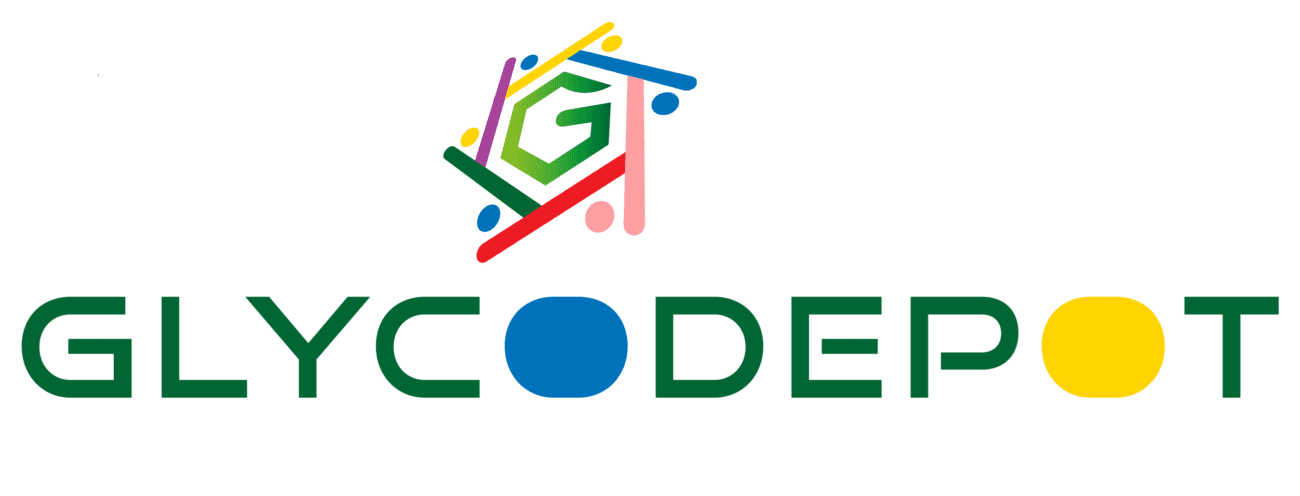2-Deoxy-2-fluoro-D-galactose is a fluorinated analog of D-galactose where a fluorine atom substitutes the hydroxyl group at the 2-position. This compound is typically synthesized as a white or off-white crystalline powder, primarily used in glycochemistry, medicinal chemistry, and biochemical research. The fluorine atom enhances metabolic stability and resistance to enzymatic degradation, making it an ideal candidate for studying glycosylation, enzyme inhibition, and the development of fluorinated glycomimetics. It serves as an intermediate in the synthesis of more complex fluorinated oligosaccharides, glycoproteins, and radiolabeled imaging agents such as PET tracers. Its high purity, confirmed by spectral analysis, and stability under proper storage conditions, allow it to be widely used in research involving carbohydrate-protein interactions, enzyme mechanism elucidation, and drug design.
IUPAC Name
- (2R,3R,4R,5R,6R)-2-fluoro-2-deoxy-D-galactose
Appearance
- White or off-white crystalline powder
Source
- Synthesized via chemical fluorination and deoxygenation of D-galactose derivatives, typically under controlled laboratory synthesis protocols
Molecular Weight and Structure
- Molecular Formula: C6H12FO5
- Molecular Weight: 164.16 g/mol
- Structure: A hexose sugar with a fluorine atom at C2, retaining the stereochemical configuration of D-galactose, and hydroxyl groups at C3, C4, C5, and C6
- SMILES: C(C@@HC@HC@@HC@@HC)=O.F
Sugar Specificity
- Fluorinated at C2, mimicking natural D-galactose in biological pathways and enzyme recognition sites
- Utilized in glycosylation studies and as a donor in enzyme inhibition assays
Biological Activity
- Primarily a biochemical tool for probing glycosyl transferase activity and enzyme substrate specificity
- Used to develop fluorinated glycoconjugates and as a basis for radiolabeled PET imaging tracers
- Modulates enzyme interactions due to fluorine’s electronegativity, influencing stability and recognition
Purity and Microbial Contamination
- Purity typically exceeds 98%, verified by NMR, HPLC, and MS
- Synthesized under sterile, controlled conditions to prevent microbial contamination
Identity and Quality Control
- Confirmed through spectral analysis including 1H-, 13C-, and 19F-NMR, plus MS and HPLC
- Certificates of Analysis ensure batch-to-batch consistency and proper documentation
Shelf Life and Storage
- Store protected from moisture, light, and heat at 2-8°C
- Stable for 1–2 years when stored in airtight containers
Application
- Used in the synthesis of fluorinated oligosaccharides, glycomimetics, and PET tracers
- Serves as a substrate analog in enzyme inhibition and glycosylation pathway studies
- Facilitates drug development targeting glycosyltransferases and glycosidases
- Enables imaging applications via radiolabeling with fluorine-18 in PET scans
Key Characteristics
- Fluorinated derivative of D-galactose, with high chemical and enzymatic stability
- CAS: 57699-63-1
- Molecular weight: 164.16 g/mol
- White crystalline powder with verified high purity (>98%)
- Broad utility in glycoscience, medicinal chemistry, and diagnostic imaging
- Supports enzyme mechanism studies and drug discovery efforts involving glycosylation pathways
- Fully characterized by spectral and chromatographic methods
- Suitable for long-term storage with proper handling
Citations
- PubChem entry for 2-Deoxy-2-fluoro-D-galactose
- Sigma-Aldrich product description
- ChemicalBook detailed data
- PMC articles on glycosyltransferase inhibition
- Synthose API publications
- Patents on fluorinated sugar synthesis
- ScienceDirect reviews on fluorosugar applications
- MedChemExpress chemical standards
- AMC bioinformatics on enzyme specificity
- Glycomindsynth research articles on fluorinated glycans

Reviews
There are no reviews yet.